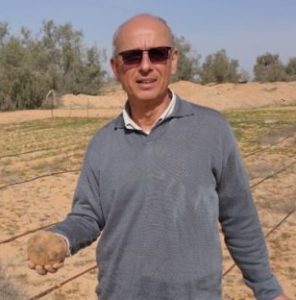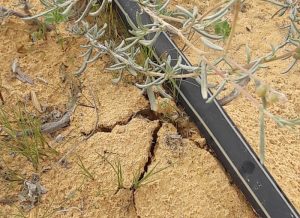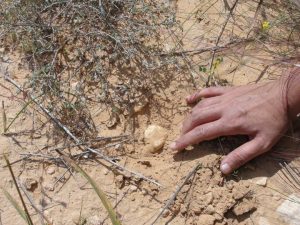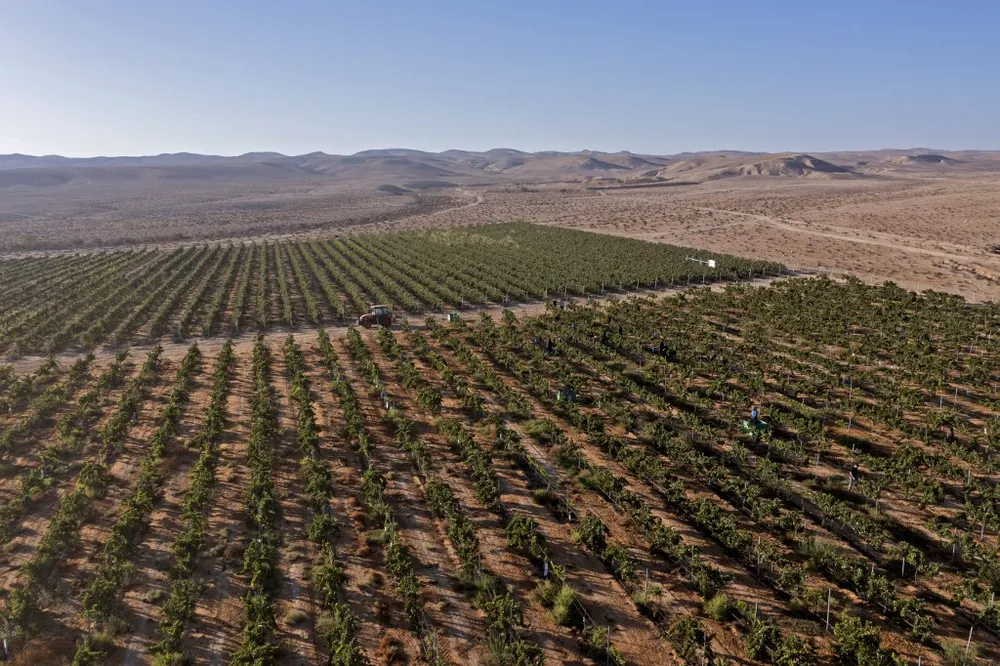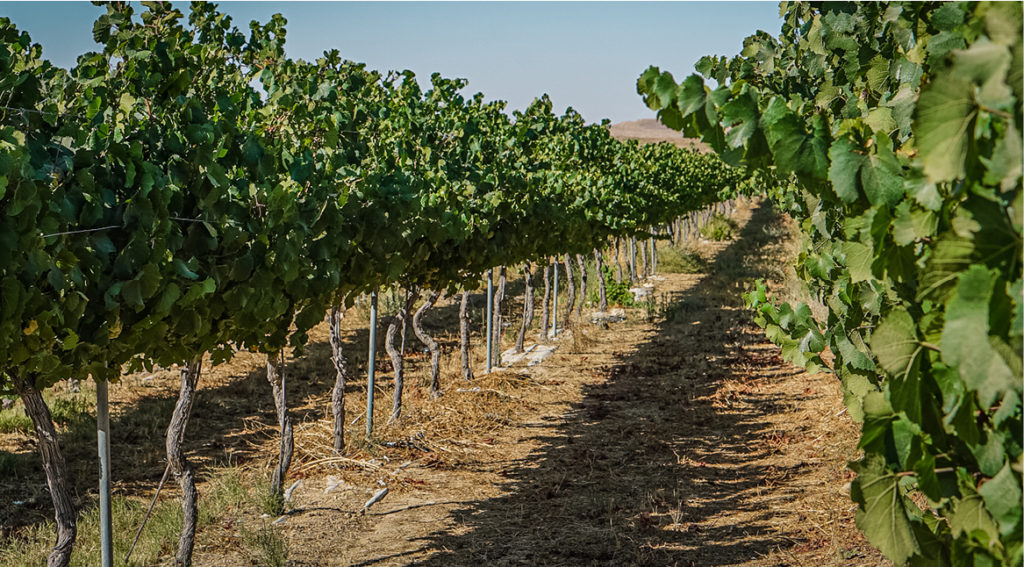
Years of Research May Lead to Desert Truffle Farms
Years of Research May Lead to Desert Truffle Farms
July 15, 2019
By Lela Nagri, an Americans for Ben-Gurion University 2019 Murray Fromson Journalism Fellow
Gastro Obscura – The goats scuffling across Israel’s Negev desert manage to eke out an occasional grassy nibble from the undulations of dusty sand and sunbaked rock that comprise much of the country. But where a human can find sustenance in the vast region is not immediately apparent. Of course, it helps to know where and how to look.
Bedouins have long extracted truffles from this otherwise inhospitable ground, tracking them by their proximity to certain desert plants and the telltale spidery cracks that form in the earth above them after a storm.
For one or two months of the year, some Bedouins consume these truffles as staple foods, using them as replacements for potatoes in stews or roasting them over a fire. They also forage them to sell in urban markets.
But increasingly rare rains, mounting temperatures and over exploitation have greatly reduced the number of desert truffles in the wild. Which is why, for the last 13 years, plant and fungus physiologist Prof. Yaron Sitrit, from BGU’s Jacob Blaustein Institutes for Desert Research, and editor of the book “Desert Truffles,” has been working to turn one species of desert truffle, Terfezia boudieri, into a farmable crop.
It hasn’t been easy. “I want to finish the work, then retire,” Prof. Sitrit says. This particular work has already seen the retirement of at least two other researchers at Ben-Gurion University in Beer-Sheva, where Prof. Sitrit’s lab is located. They passed their project on to Prof. Sitrit after 20-odd years of toil, at a point where all three of them imagined that a breakthrough was nigh.
“I did think that we were quite close” to figuring out how to grow the truffles, Prof. Sitrit says. But, “frustration is part of the business.”
Prof. Sitrit moved his dirt-bound experiments to a farm south of Beer-Sheva, in Ramat Negev. There, he and his colleagues tinkered with irrigation, the genotype of the host plants they were using, and even the spacing between plants.
“How many plants per hectare? How many centimeters between the plants? Simple questions,” he says. His truffle yields did increase, but they still weren’t abundant enough to give to farmers as a commercial crop. First, “we needed to increase the yields.”
Prof. Sitrit hopes that in a year or two he can approach farmers—Jewish, Druze, Bedouin, whoever’s interested—and get them to farm truffles on a much larger scale before taking the whole thing commercial. “I’m getting older; I hope we do it,” he says.
Read the whole story on the Gastro Obscura website >>

